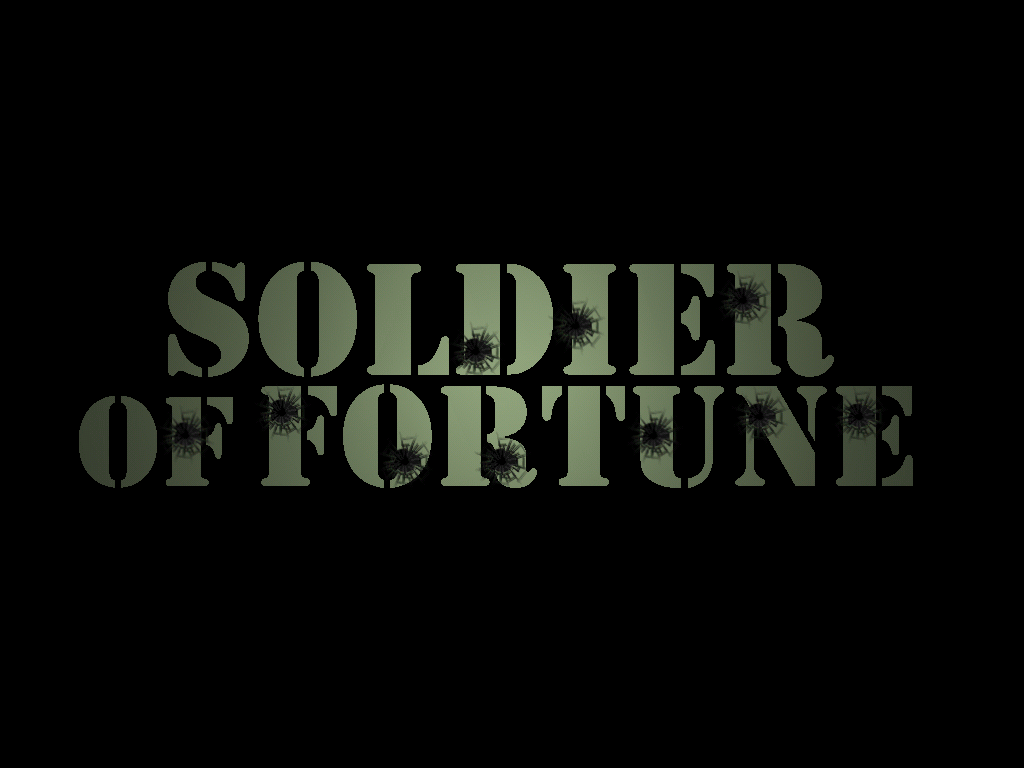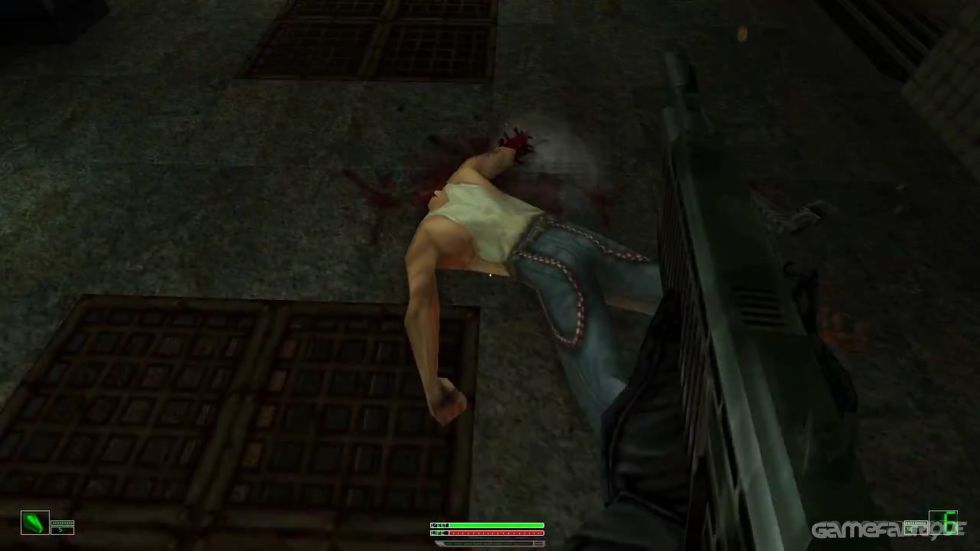

Rather than return to Linton through enemy lines, they slaughtered their own horses outside the town gates. The chronicle relates that the Spanish and English cavalrymen rode into Haddington carrying bags of gunpowder. According to a Spanish chronicle now known as the Chronicle of Henry VIII, Pedro Negro successfully broke through. The Scottish leader, Regent Arran, ordered the gentlemen of Lothian to assemble to block the approach to Haddington on the River Tyne east of Haddington Abbey. Some of the force would ride back to the English camp, while others were to be "well-instructed how to work for their defence within". On 7 July 1548, an English soldier Thomas Holcroft reported a plan, that 150 of Pedro de Gamboa's mounted arquebusiers, commanded by Pedro de Negro, and other soldiers would ride through French lines from Linton bridge to relieve the siege. The English army outside the town made plans to get supplies to the defenders. In July French troops prepared ladders for an assault on the town. On 29 June 1548 Pedro Negro and the Spanish troops tried unsuccessfully to cross enemy lines into the town. In June 1548, the English commander Grey of Wilton chose Pedro Negro, and 100 Spanish soldiers from Pedro de Gamboa's command to re-inforce the garrison. French and Scottish forces surrounded Haddington. English sources sometimes name him as "Petro Negro" or "Peter Negroo".Īn English army occupied and fortified the town of Haddington, East Lothian. On New Year's Day, Edward VI gave him a half mark (6s-8d). Another source lists Pedro Negro and Alonso de Villeseige among knights made by the Earl of Warwick at Berwick-upon-Tweed. Two other Spanish captains were knighted, Christpher Diaz and Alonso de Ville.



Pedro Negro and his Spanish soldiers joined the English garrison at Broughty Castle in 1549Īccording to William Patten, Pedro Negro was knighted by the Duke of Somerset following the battle of Pinkie and the capture of Leith on 28 September 1547 at Roxburgh Castle.


 0 kommentar(er)
0 kommentar(er)
